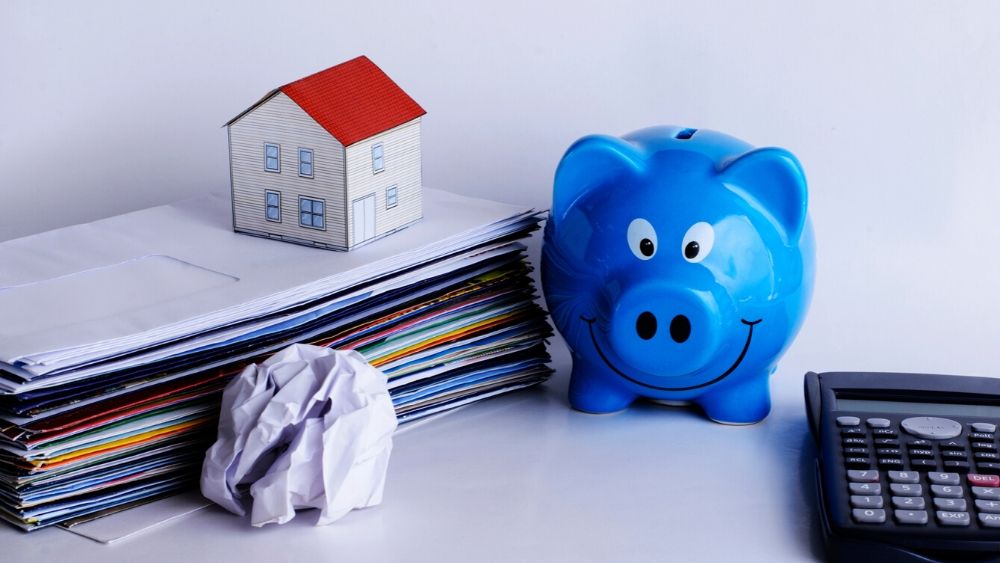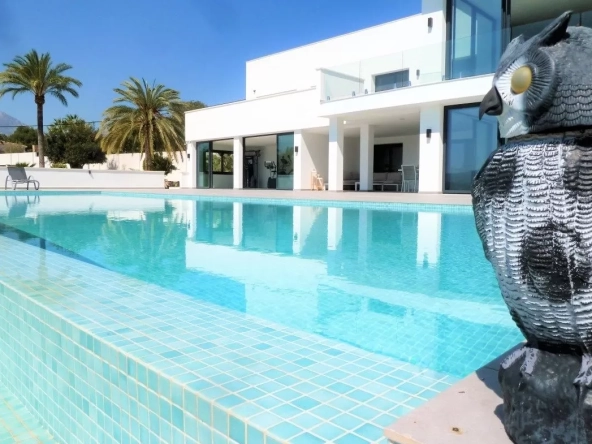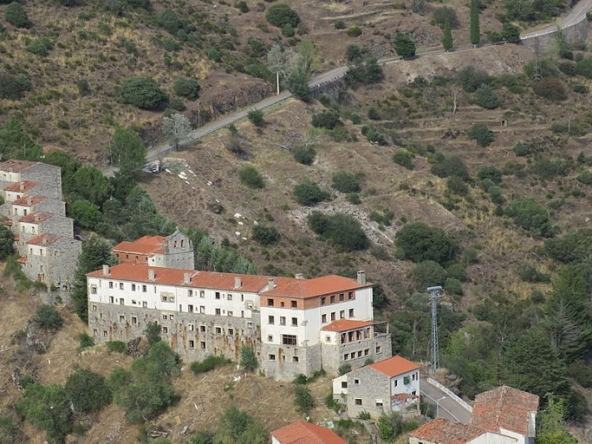Even though there has been a slowdown in the number of properties being bought in Spain, numbers are still rising and prices are not shooting through the roof.
That means that a number of people who already own a home and have a mortgage are looking at the possibility of upgrading to a larger property.
That would entail selling your current home with a mortgage, and there are ways that it can be done with three clear options, of which the last one mentioned in this article, is the most popular route.
Firstly, banks offer a 'mortgage bridge' which allows you to join two mortgages in one.
This type of mortgage is not well publicised, and it is an interim fix if run out of time to get rid of your previous property, although it does mean facing a much higher monthly payment.
This mortgage works by joining the two mortgages, reducing the total amount of the instalments instead of paying two separate mortgages.
The key proviso is an obligation to sell your old property during a specified and agreed time period. If you are not confident of doing that, then you could face big financial penalties or even lose that property!
Secondly, a better move might be to transfer any mortgage debt to the buyer of your property.
Your bank has to green-light this because you are changing the name of on the mortgage title, and making the buyer the one responsible for the debt.
The bank would carry out a risk assessment on the potential buyer to make sure that they have enough money to take it over.
The seller will have to pay certain fees for the assessment of the new buyer, the proceedings and the transfer, known as the mortgage subrogation.
The latter won't be more than 0.5% of the pending capital if the subrogation is carried out during the first five years of the loan, or 0.25% if carried out after this period.
Cancelling the existing mortgage is the most obvious option, and you have to ask for a pending debit certificate from the bank.
Once you have sold your property, you will have to go back to the bank to clear the amount left to pay using the money from the sale. This will, not unsurprisingly, also incur cancellation costs.
The majority of owners go for this option, as long as they have sold their property for a higher price than the pending capital they need to pay off.
If you choose to sell your property for a lower price than the pending mortgage, it will no longer be a mortgage but a bank loan with different terms and conditions.
In this scenario, the fees incurred will include cancelling the mortgage and those for creating a new personal loan.





